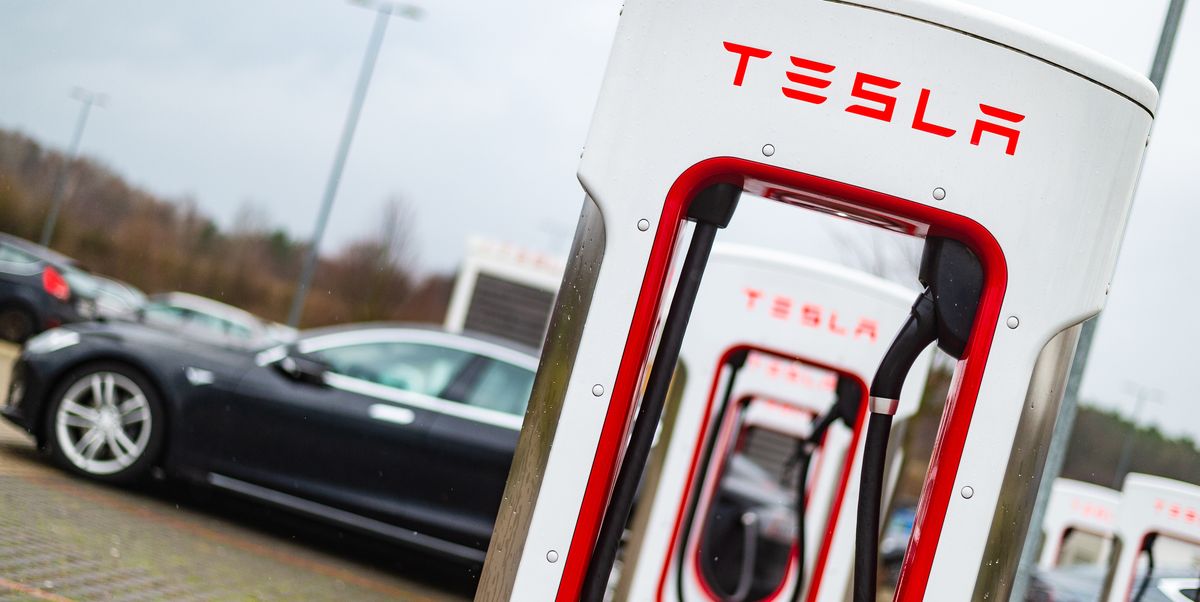So what’s interesting about CCS1 and CCS2 is that Tesla is part of the consortium that formed the standard. If you add that to Tesla’s All Our Patents Are Belong To You in 2014 they are essentially saying that even if you don’t take the patents, they are trying to help the rest of the EV industry set standards. Legacy automakers are interested in protecting their legacy ICE revenue even if it will dwindle over the next decade. There are also other companies that are trying to differentiate themselves by going against the BEV market and using hydrogen, methane, or other alternative fuels. It’s funny because the consortium essentially shoots itself in the foot by using CCS because it’s a combined standard, not a single standard. The connectors are way larger and bulkier than the Tesla connector and for CCS2, they are adapted for 3-phase power in addition to DC. So the standard is already split between EU and US. Most people won’t be flying their vehicle over so that’s not such an issue.
The real issue is the design of the stations and charging efficiency. Tesla can absorb the cost of installing CCS in addition to the TPC that they use easily. Tesla’s supercharger network is built with an AC to DC converter and smart signaling/charge management that is centralized. From what I’ve seen of the rest of the 3rd party chargers is that they have non-centralized AC to DC conversion and even if the 350kW supply is available (normally only 1 per area), the speeds max out at 270kW and typically around 250kW on a Porsche Taycan which has the technology. The Ionic 5 and EV6 typically go slower at around 230kW at the highest from real world charging at a 350kW supply. Keep in mind, this is direct DC charging with a maximum of 800 volts. Tesla’s Superchargers don’t use 800 volts and can still charge at 250kW with the TPC which will get upgraded to 300kW in the near future. The EA chargers are more expensive to implement that Tesla’s Superchargers so for more widespread adoption, shouldn’t you go with the cheaper and technologically advanced solution?



